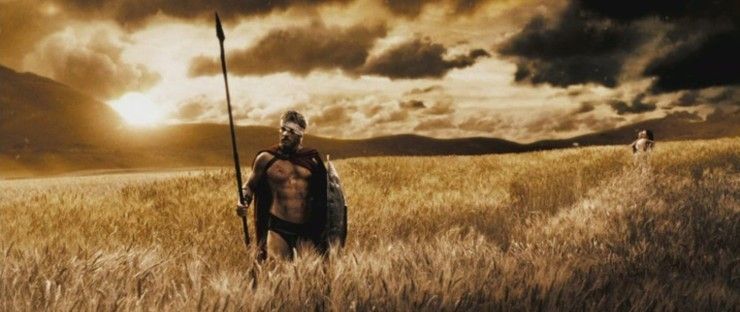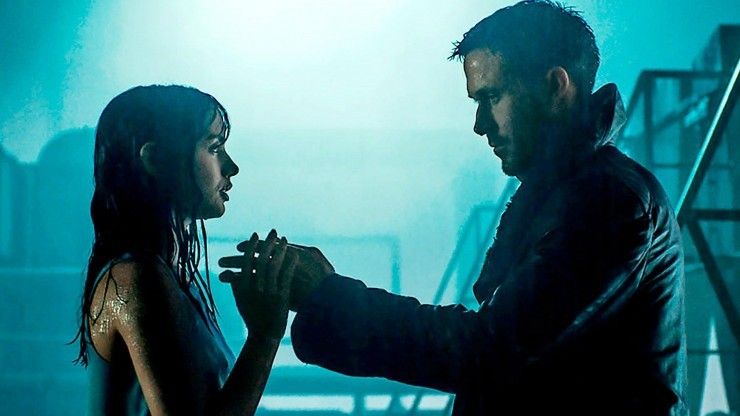Do you know why shutter speed and angle are important?
Cinematography is a visual art that uses various techniques to create an engaging and immersive movie viewing experience. One of these techniques is to use shutter anglewhich refers to how long the camera shutter stays open during each frame of a movie.
Understanding shutter angle is crucial for cinematographers to achieve the desired visual effect and mood of a film.
In this article, we’ll explain the concept of shutter angle in cinematography and how it affects the final image on screen. We’ll also explore some creative examples of shutter angles used in popular movies to create unique and memorable visuals.
Check out this video from Cine in depth and let’s talk later.
Explain shutter angle in cinematography
Shutter angle is a term used in cinematography to describe how long the camera shutter stays open during each frame of a film. The shutter angle is expressed as a fraction of a full rotation of the shutter disc, typically ranging from 11.2 degrees (a 1/360th rotation) to 180 degrees (a half rotation).
When the shutter is open for a long time, more light enters the camera and the image appears brighter, but there is also more motion blur. Conversely, when the shutter is open for a shorter period, less light enters the camera and the image appears darker, but there is less motion blur.
The choice of shutter angle can have a significant impact on the visual aspect of a film. A smaller shutter angle, such as 45 degrees, creates more motion blur and can give the image a more dreamlike or surreal quality. A larger shutter angle, such as 180 degrees, creates less motion blur and can give the image a sharper, more lifelike quality.
It should be noted that in modern digital cinema camerasthe physical shutter disc has been replaced by an electronic shutter, and the term “shutter angle” is used to describe the simulated effect of a mechanical shutter in digital cameras.

How to choose your shutter angle
When it comes to choosing the right shutter angle for your project, there are a few factors to consider. Here are some tips to help you choose the right shutter angle for your next movie:
-
Consider the scene: The scene you are shooting should be the primary consideration when choosing your shutter angle. For example, if you are shooting a fast paced movie action scene, a shorter shutter angle (such as 45 degrees) will help convey fast action and create a sense of urgency. If you’re shooting a more tranquil scene, a longer shutter angle (eg 180 degrees) can create a smoother, more dreamlike look.
-
Lighting: The amount of light available in your scene is another important consideration. A longer shutter angle will let in more light, which can be helpful if you’re shooting in low light conditions. However, be aware that this can also increase motion blur, which may not be desirable in some situations.
-
Desired effect: The desired effect or mood of the scene should also be considered. For example, a shorter shutter angle can create a more tense and frantic look, while a longer shutter angle can create a more serene and calming effect.
-
Camera movement: The type of camera movement you use can also affect the choice of shutter angle. For example, if you use a steadicam or a gimbal for smooth and stable shooting, a longer shutter angle may work better. On the other hand, if you’re shooting handheld or using a dolly or crane, a shorter shutter angle may be more appropriate.
-
Personal style: Finally, personal style and preferences should also be considered. Some cinematographers may have a particular style or aesthetic that they prefer, which may influence their choice of shutter angle.
In summary, choosing the right shutter angle involves considering the scene, the lighting, the desired effect, camera movement, and personal style. By considering these factors, you can choose the shutter angle that best suits your project and helps you achieve the desired visual effect.

Shutter speed versus shutter angle
In cinematography, shutter speed and shutter angle both refer to how long the camera shutter remains open during each frame of a film. However, these are two different ways of measuring this duration.
Shutter speed is generally used to describe how long the camera shutter stays open in still photography. It is measured in fractions of a second, such as 1/60th of a second or 1/1000th of a second. In cinematography, the term “shutter speed” is sometimes used to describe how long the camera’s electronic shutter remains open, but more commonly the term “shutter angle” is used.
The shutter angle is expressed as a fraction of a full rotation of the shutter disc, ranging from 11.2 degrees (a 1/360th rotation) to 180 degrees (a half rotation). For example, a shutter angle of 180 degrees means that the shutter disk rotates halfway during each frame, effectively exposing the film or digital sensor for half the duration of each frame.
Shutter speed and shutter angle affect the amount of motion blur in an image. A longer shutter speed or a smaller shutter angle will cause more motion blur, while a shorter shutter speed or a larger shutter angle will cause less motion blur. The choice of shutter speed or shutter angle will depend on the desired appearance of the final image, as well as the amount of light available and the desired depth of field.
It is important to note that in modern digital cinema cameras, the physical shutter disc has been replaced by an electronic shutter, and the term “shutter angle” is used to describe the simulated effect of a mechanical shutter in digital cameras. In these cameras, the shutter angle is usually adjusted by software rather than by physically changing a mechanical shutter disc.

Some films with creative uses of shutter angles
Many films have used creative shutter angles to achieve a specific visual effect or to convey a particular mood or emotion. Here are some examples:
-
Saving Private Ryan (1998) – Director Steven Spielberg used a 45-degree shutter angle for many of the battle scenes in this WWII epic, creating an edgy, portable feel that added to the sense of chaos and danger on the battlefield.
-
300 (2006) – Director Zack Snyder used a 270-degree shutter angle for much of the film, creating a hyper-realistic, stylized look that emphasized the film’s comic book origins.
-
The Hurt Locker (2008) – Director Catherine Bigelow used a combination of different shutter angles, including 45 degrees and 90 degrees, to create a sense of urgency and tension in this intense war film.
-
Dunkirk (2017) – Director Christopher Nolan used a combination of different shutter angles, including 45 degrees and 90 degrees, to create a sense of disorientation and confusion during the intense action scenes of this World War II epic.
-
Blade Runner 2049 (2017) – Director of photography Roger Deakins used a 45-degree shutter angle for many of the film’s exterior shots, creating a dreamlike, surreal quality that added to the film’s futuristic, dystopian feel.
These are just a few examples of movies that used creative shutter angles to achieve a specific visual effect. Many other films have used this technique in interesting and innovative ways.

Summarize shutter angles in cinematography
In conclusion, the shutter angle is an essential concept in cinematography that plays an important role in the visual language of a film. It affects various elements of the final image, including brightness, motion blur, and the overall mood of a scene.
Understanding the impact of different shutter angles is essential for cinematographers to create a captivating and immersive cinematic experience that engages audiences.
By using creative shutter angles, filmmakers can add unique visual elements to their films that enhance the story and leave a lasting impression on the viewer.
So the next time you watch a movie, pay attention to the shutter angle and see how it contributes to the visual language of the movie.
Now go shoot.
